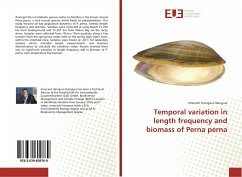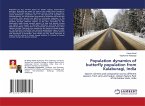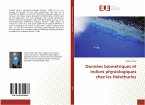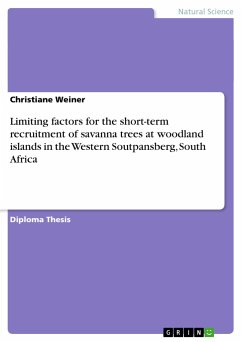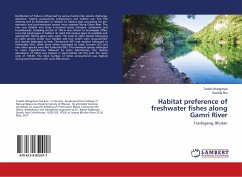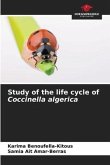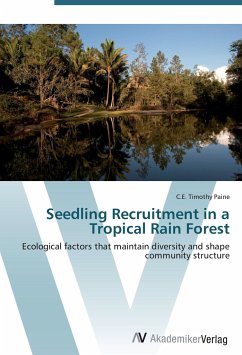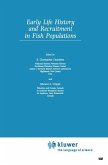Amongst the invertebrate species native to Namibia is the brown mussel Perna perna, a rock mussel species which feeds on phytoplankton. This study focused on key population dynamics of P. perna, namely length frequency and biomass. Samples were collected at Long Beach 15.256 km from Swakopmund and 15.267 km from Walvis Bay on the rocky shore. Samples were collected from 10cm x 10cm quadrats along a line transect from the spring low water mark to the spring high water mark, within the intertidal zone. Samples were frozen at -20 C for laboratory analysis which included length measurements and biomass determination to calculate the condition index. Results showed there was no significant variation in length frequency and in biomass of P. perna, with temperature fluctuations.
Bitte wählen Sie Ihr Anliegen aus.
Rechnungen
Retourenschein anfordern
Bestellstatus
Storno

